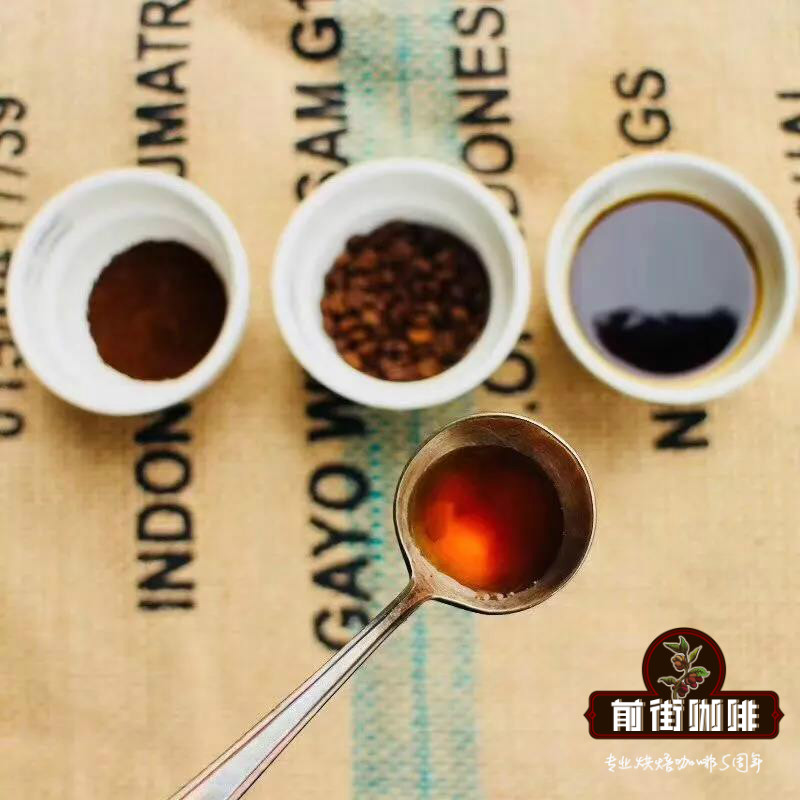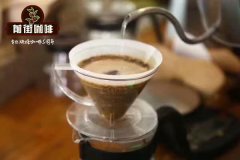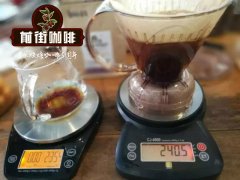Mexican decaf beans introduce what is decaf? Does decaf have caffeine?

Professional coffee knowledge exchange more coffee bean information please follow the coffee workshop (Wechat official account cafe_style)
The level of alpine characteristics in the Chiapas taste is also excellent in Mexican coffee, with Tapachula Chiapas marked on the raw bean package.
The city of Tapachula is an important commercial and agricultural center. Mexican coffee is still grown by indigenous people so far, with only two or three hectares of their land, in addition to coffee, corn, soybeans and other crops.
Coffee is their main source of income-the raw beans after harvest are handed over to the cooperative to deal with the latter, but some of them make their own way, and they are also highly appreciated and respected in fair trade organizations.
Mexico grows the largest area of organic beans, in the official data shows that Chiapas is still the main, in addition to Chiapas is another praiseworthy producing area is Oaxaca, have the opportunity to introduce her to everyone. Officials from the Mexican Coffee Association said that our beans were the best time to come into contact with the second hot spot.
Cup test report and basic information
Dry incense: Roasted Hazelnuts, creamy, smoky aroma, Pipe Tabaco
Wet fragrance: leather, nutty, soil, tea
Sipping: the imported fragrance rises directly before the entrance, with the aroma of flowers, fruits and vegetables, moderate sweetness, good BODY, soft acidity, and neutral tea in the back.
Producing area: Chiapas Chiapas Plateau
Processing company: NKG
Treatment method: washing, fermentation, natural sun exposure
Variety: Caturra
Appearance / defect number: green (slightly darker) 0d/300g
Grade: SHG
Washed low-caffeine coffee beans.
Some people say that although coffee smells good, it is bad that a cup of coffee is exchanged for a sleepless night, so there is decaf in the market, and the flavor remains the same but does not hinder sleep. It is common sense that drinks can go with sugar, but how can coffee go with caffeine? . Coffee is low because it has nothing to do with the variety, so the time is not in breeding, but after the raw bean harvest, before baking, the process is more or less the same, nothing more than washing away caffeine with water and chemicals, because the process is complicated, and it is mostly the responsibility of specialized decaffeinated companies. There are four ways to wash caffeine, the method shown in the picture is the most direct, using dichloromethane or ethyl acetate, the former is mostly used as paint remover and degreasing agent, and the latter is natural fruit ether, which is a common ingredient of nail remover, which sounds chemical. it's actually harmless to health. . The other two methods, the first is more circuitous, first take 10 hours to soak the caffeine, oil and other flavor elements in the coffee beans with hot water, remove the coffee beans, add dichloromethane or ethyl acetate to boil, evaporate the caffeine and chemicals in the water, and finally pour back the coffee beans to reabsorb the previously soaked flavor. . Afraid to wash down the smell of coffee? The second method of Swiss water treatment is to cook a batch of hot water full of "green coffee bean extract" and separate caffeine with activated carbon before pouring into the new beans, in which caffeine is automatically decomposed, while the flavor and oil in the beans remain intact and authentic. . The last one is the most ingenious and expensive: after steaming coffee beans in water for 30 minutes, put them in a high-pressure bottle and spray them with carbon dioxide at a pressure of up to 1000 pounds. These supercritical carbon dioxide will combine with caffeine in the beans to release the gas in the bottle. Caffeine and carbon dioxide will be discharged. . Although it is "decaffeinated", it is difficult to remove caffeine completely. in fact, the US Food and Drug Administration only stipulates that caffeine is low-caffeine beans if caffeine is removed by 97%.
Related recommendation: is hand-made coffee really good? Why does coffee smell better than it tastes?
Important Notice :
前街咖啡 FrontStreet Coffee has moved to new addredd:
FrontStreet Coffee Address: 315,Donghua East Road,GuangZhou
Tel:020 38364473
- Prev

Guerrero Guerrero Manor in Mexico introduces the flavor of coffee beans treated with SHG sun honey.
Professional coffee knowledge exchange more information about coffee beans Please pay attention to the coffee workshop (Wechat official account cafe_style) Mexican coffee beans may not be well known, but they are worth paying attention to. Chiapas is the most stable coffee producing area in Mexico, with a high concentration of sweetness and lingering taste. Mexico is a big country in Central America and an important coffee producer in the world.
- Next

Mexico Chiapas PB small round beans taste characteristics flavor introduction what is Mexican organic coffee beans
Professional coffee knowledge exchange more coffee bean information please follow the coffee workshop (Wechat official account cafe_style) Mexican organic coffee beans-Chiapas PB beans flavor and taste characteristics? What is the recommended cooking method in Qianjie? Mexico is located in the northern tip of Central America, the uppermost edge of the coffee production belt, Mexico coffee producing areas north of coatepec (Cortepe) and veracruz (Vella
Related
- Detailed explanation of Jadeite planting Land in Panamanian Jadeite Manor introduction to the grading system of Jadeite competitive bidding, Red bid, Green bid and Rose Summer
- Story of Coffee planting in Brenka region of Costa Rica Stonehenge Manor anaerobic heavy honey treatment of flavor mouth
- What's on the barrel of Blue Mountain Coffee beans?
- Can American coffee also pull flowers? How to use hot American style to pull out a good-looking pattern?
- Can you make a cold extract with coffee beans? What is the right proportion for cold-extracted coffee formula?
- Indonesian PWN Gold Mandrine Coffee Origin Features Flavor How to Chong? Mandolin coffee is American.
- A brief introduction to the flavor characteristics of Brazilian yellow bourbon coffee beans
- What is the effect of different water quality on the flavor of cold-extracted coffee? What kind of water is best for brewing coffee?
- Why do you think of Rose Summer whenever you mention Panamanian coffee?
- Introduction to the characteristics of authentic blue mountain coffee bean producing areas? What is the CIB Coffee Authority in Jamaica?

